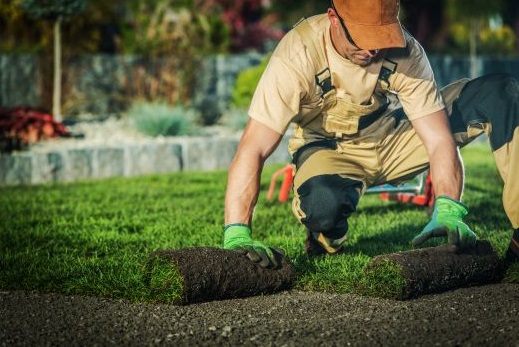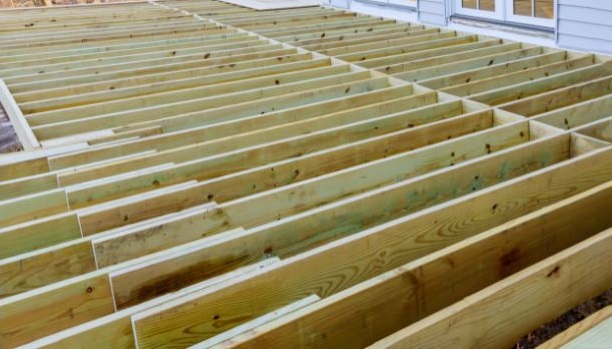
Exploring Soft and Hard Landscaping Options in Modern Gardens of 2023.
This is a personal blog to discuss my love of gardens and the vast options we have for soft and hard landscaping.
In the dynamic world of gardening and landscaping, 2023 marked a year of innovation and creativity, particularly in the realms of soft and hard landscaping. As homeowners seek to create outdoor spaces that are not only aesthetically pleasing but also functional and sustainable, a plethora of options have emerged, blending traditional techniques with cutting-edge technology. Let’s delve into the exciting trends and choices shaping gardens in 2023.
Soft Landscaping:
Soft landscaping refers to the living elements of a garden, encompassing plants, trees, shrubs, and flowers. In 2023, there was a notable emphasis on sustainability and biodiversity, with gardeners opting for native species and eco-friendly practices.
- Native Planting: Gardeners increasingly turned to native plants suited to their local climate and soil conditions. Native plants require less water, fertilizer, and maintenance compared to exotic species, promoting biodiversity by providing habitat and food for local wildlife.
- Pollinator Gardens: With growing concerns over declining bee and butterfly populations, pollinator gardens gained popularity. These gardens feature a variety of flowering plants that attract pollinators, such as bees, butterflies, and birds, contributing to the ecological balance of the garden and beyond.
- Edible Landscaping: The trend towards sustainability extended to food production, with many homeowners incorporating edible elements into their landscapes. Fruit trees, vegetable beds, and herb gardens were integrated seamlessly into the overall design, blurring the lines between ornamental and practical gardening.
- Low-Maintenance Gardens: In our fast-paced world, homeowners sought low-maintenance landscaping solutions. Drought-tolerant plants, gravel gardens, and self-sustaining ecosystems reduced the need for watering, pruning, and weeding, allowing gardeners to enjoy their outdoor spaces with minimal effort.

- Sustainable Materials: Concerns about environmental impact led to a rise in the use of sustainable materials such as reclaimed wood, recycled plastics, and natural stone. These materials not only reduce carbon footprint but also add character and charm to garden designs.
- Outdoor Living Spaces: Gardens were transformed into extensions of the home, with the creation of outdoor living rooms, kitchens, and dining areas. Weather-resistant furniture, pergolas, and fire pits allowed homeowners to entertain guests and relax alfresco, blurring the boundaries between indoor and outdoor living.
- Vertical Gardens: With urbanization on the rise, vertical gardens offered a space-saving solution for greenery enthusiasts. Living walls, trellises, and vertical planters added texture and interest to vertical surfaces, while also improving air quality and insulation.
Hard Landscaping:
Hard landscaping involves the non-living features of a garden, including structures, pathways, decking, and paving. In 2023, there was a shift towards sustainable materials and innovative design concepts, reflecting a desire for functional yet visually striking outdoor spaces.
- Smart Technology Integration: Technology played a significant role in modern garden design, with the integration of smart irrigation systems, lighting, and climate control. Automated features allowed for efficient resource management, ensuring optimal growing conditions while reducing water and energy consumption.
The Fusion of Soft and Hard Landscaping:
The most striking gardens of 2023 seamlessly blended soft and hard landscaping elements, creating harmonious outdoor environments that delighted the senses and nurtured the soul.
- Biophilic Design: Inspired by nature, biophilic design principles were integrated into garden landscapes, promoting emotional well-being and connection to the natural world. Water features, natural materials, and organic shapes evoked a sense of tranquility and serenity.
- Ecological Balance: Gardens were designed with ecological balance in mind, incorporating elements such as rain gardens, permeable paving, and green roofs to manage stormwater runoff and reduce environmental impact. These sustainable practices not only benefited the garden but also contributed to the health of the surrounding ecosystem.
Hard and soft landscaping trends of 2023 reflected a holistic approach to outdoor living, where soft and hard landscaping options were carefully chosen to create beautiful, functional, and sustainable gardens. As we continue to innovate and evolve, the future of garden design holds endless possibilities, driven by a shared desire to create spaces that nurture both people and planet.
